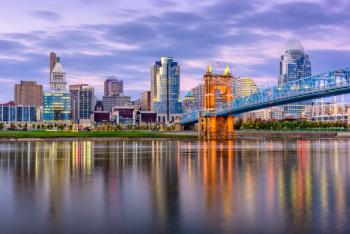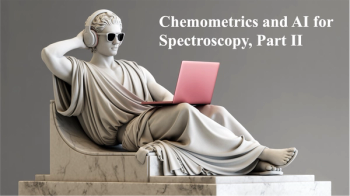
Pittcon 2024: Novel Spectroscopic Techniques
On Tuesday February 27, a Pittcon oral session, titled “Novel Spectroscopic Techniques,” took place at the San Diego Convention Center in San Diego, California. This session featured three talks that covers spectroscopic applications across various fields.
On Tuesday February 27, a Pittcon oral session, titled “Novel Spectroscopic Techniques,” took place at the San Diego Convention Center in San Diego, California. This session featured three talks that covers spectroscopic applications across various fields.
The first talk is titled “Low Water Analysis Reimagined: Instant NIR Measurements for Quality Control & Process Upgrades,” and was delivered by Elena Hagemann a product manager. from Metrohm. Haagemann’s talk focused on water analysis, detailing how using near infrared (NIR) spectroscopy requires calibration efforts, and how auto-building prediction models down can help save time by removing the calibration efforts from the process.
Next, Tobias Gokus of Attocube Systems delivered a talk titled, “Infrared Correlation Nanoscopy with Unprecedented Spectral Coverage.” Gokus’s spoke about a recent study that was conducted on how scattering-type scanning near-field optical microscopy (s-SNOM) and tapping AFM-IR+ imaging and spectroscopy based on a fully integrated, automated OPO laser can cover the spectral range from 1.5–18.2 µm (7100–540 cm-1) with a narrow linewidth of <4 cm-1 in the entire spectral range.
Jaakko Lehtinen of Gasera closed out the session with a discussion on “PFC leak detection in semiconductor cleanrooms using photoacoustic spectroscopy.” Lehtinen’s lectured focused on monitoring perfluorocarbons (PFCs) levels using a new gas monitor, called Gasera One PFC, that can directly monitor different kinds of PFCs at very low levels.
Newsletter
Get essential updates on the latest spectroscopy technologies, regulatory standards, and best practices—subscribe today to Spectroscopy.





